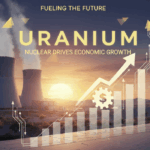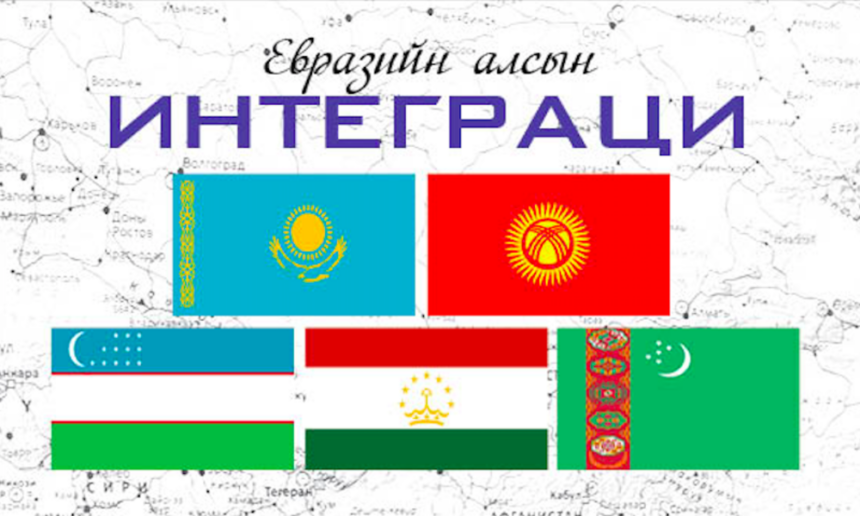The Eurasian Media Forum took place in Almaty, Kazakhstan, on 22-24 May 2019. The forum was organized for its 16th year and saw an attendance of 600 people from 40 European and Asian countries. The discussions mostly revolved around many topics, including crisis of confidence, global power balance, the age of AI: the renaissance of humanity, and deglobalization: the world in search of new development models.
The forum also had workshops on photojournalism, environmental journalism, and mobile journalism. As participants, we heard from some very well-known people, including Steve Bannon, who managed Donald Trump’s presidential campaign, George Galloway, who served as MP in the British parliament and is currently a broadcaster and a writer, Benita Ferrero-Waldner, who is Commissioner of the European Union, and Ukrainian journalist Dmitry Gordon. It was a great opportunity to observe the current political, economic, and civil society circumstances in Kazakhstan and the wider Eurasia region, understand the ongoing changes, listen to significant figures in politics and media, and meet and exchange thoughts with them.
Kazakhstan’s aspirations
Kazakhstan is bidding farewell to the era of one-man rule. Fifty days ago, Nazarbaev, who is almost 80 years old and has spent 30 years ruling Kazakhstan, gave up half of his presidential authority to 65-year-old Kassym-Jomart Tokayev. At his inauguration, Tokayev proposed to rename the capital city from Astana to Nursaltan. There will be an official presidential election on 9 June, and there are 7 candidates. But it will run in a very similar fashion to how Russia had 8 candidates and one candidate won 77 per cent of votes.
For the last 20 years, Kazakhstan has been pursuing a political policy to become the center of the Eurasian dimension. As part of this policy, Kazakhstan organized has the Astana Economic Forum every year for 12 years now. The 2019 forum attracted political, business, and academic representatives from 74 countries, which was dubbed as ‘Asia’s Davos’ by the Delovoy Kazakhstan newspaper. A week later, the Eurasian Media Forum was held in Almaty. It is now becoming a tradition that the big names from the United States, the European Union, China, and Russia come to Kazakhstan and attend these forums.
At the media forum, a question came from the floor “Why is a forum as important as this is taking place in a country that violates human rights, puts reporters in jail for voicing their opinion, deliberately reduces the speed of internet in evenings, and limits the freedom of speech?” The answer was “That’s why we’re doing the forum here. To change things.”
In Kazakhstan, media is controlled and owned by the Government or some oligarch. Thus, media lacks its freedom and is running under pressure if they criticize Government policy. As of 2019, Kazakhstan takes 158th place out of 180 countries, according to the World Press Freedom Index, conducted by “Reporters without Borders.
Crude oil is the only pillar of Kazakhstan’s economy and the sole reason why Kazakhstan can keep up their extremely high government expenditures. Owing to their oil, Kazakhstan has always been able to build and maintain strong infrastructure. In 2018, Kazakhstan earned 42.7 billion USD from oil, which comprises 70 per cent of their exports.
Kazakhstan is doing a great job at learning from others’ experiences. When building their capital city with a unique design, they received proposals from 52 internationally competent companies and picked the proposals from Japanese architect Kisho Kurokawa and English architect Norman Foster.
On the path of Eurasia’s integration
Although Eurasia technically includes all countries in Europe and Asia, the Central Asian countries, including Kazakhstan, Turkmenistan, Uzbekistan, Tajikistan, and Kyrgyzstan, have become the key platforms to discuss about integration and cooperation.

These former Soviet nations share a lot of commonalities, including their history, culture, religion, government structure, as well as their growing dependence on Russia and China. In his book ‘Genghis Khan and the Making of the Modern World’, Jack Weatherford wrote that the Mongolian empire protected the traders on the silk road (that go through the land of these countries today), which made it the bridge between Asia and Europe, connecting their culture and civilization.
At a roundtable discussion on Eurasia’s integration, one of the participants said that until recently these five countries haven’t been able to set clear borders, which resulted in landmines being buried along border lines.
Integration of nations usually means a shared market in terms of commerce, manufacturing, supply, finance, and labor. These five countries have only started talking about these possibilities. If you combine it all, their population will reach nearly 70 million – a market as big as Germany’s. In this era of information and communications revolutions, there are more opportunities to cooperate on this market.
For any cooperation to start, all parties must have mutual dialogue and trust. These five countries have only started that dialogue at the state level. It looks like that this work will require a great deal of patience and composure to have a shared understanding of words, a shared vision, and a shared goal.
This region is distant from what is happening in the world, and fully dependent on Russia and China. So, it is very similar to Mongolia. Kazakhstan and Kyrgyzstan have joined the Eurasian Economic Union, along with Armenia, Belarus, and Russia. Otherwise, there are no notable memberships in any other international unions or associations. When we were in Bishkek, we discussed about the Eurasian Economic Union and how it is allowing manufacturers in smaller countries to be hit by untaxed products from larger countries.

In any case, it is encouraging to see the communication and dialogue have started at the state level. The grounds of the European Union today were laid with discussions between European countries on regulating the coal and steel production post World War II. Similarly, the Eurasian five countries can start their discussions focusing on water. Tajikistan supplies 70 per cent of the water demand of the other four countries, but there always were disputes until recently.
For a mutual understanding to be reached between countries, their people and civil society should also be communicating with each other. Economic relations are driven by mutual understanding of ordinary people and small and medium businesses. Currently, it is the other way around.
To be able to communicate and understand each other, people need to be able to express themselves freely. However, this freedom is restricted in these countries, except for Kyrgyzstan. Such restrictions block the voices of civil society and informed people. China’s Road and Belt initiative is being intensely implemented in this region and some countries are taking on projects that are too large for them to carry, which is creating political and economic risks.
In comparison to Central Asian nations, Mongolia has achieved great success in protecting people’s safety, rights, freedom, and property. Even though there is corruption, Mongolian people don’t depend on one individual, and the government cannot make any decision without listening to citizens.
2019.05.29
Trans. by B.Amar







